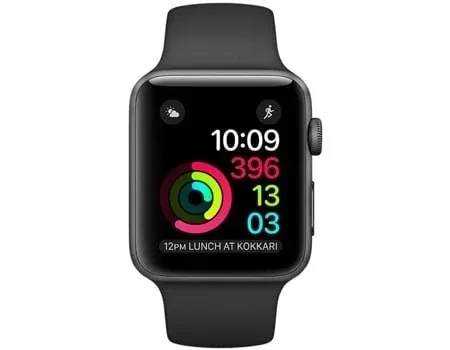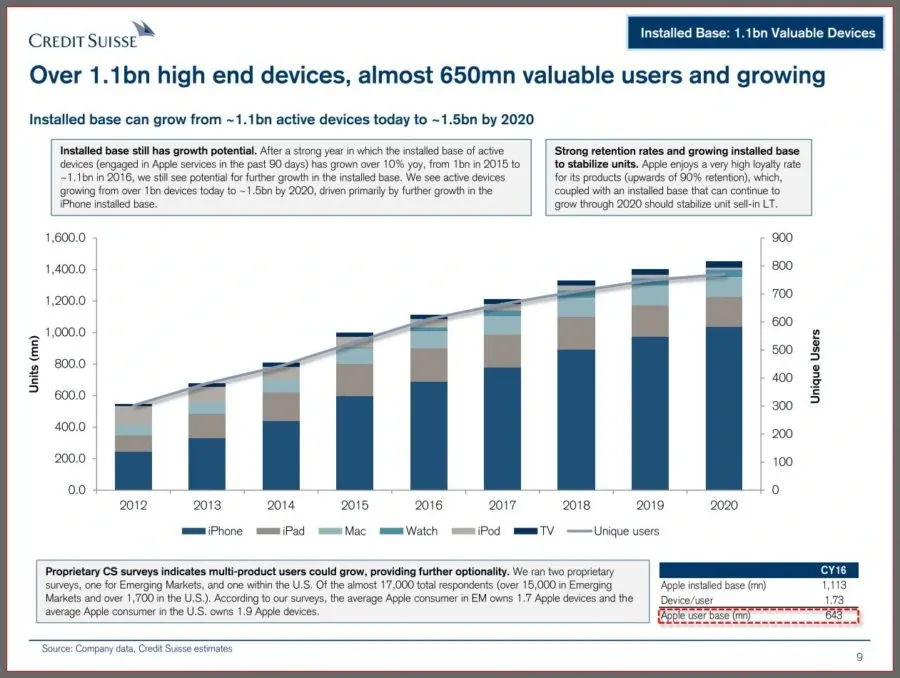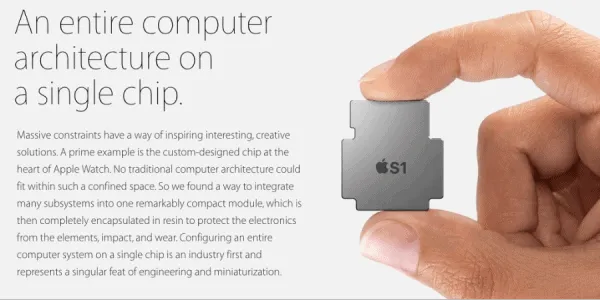Understanding the Apple Watch

Understanding the Apple Watch is hard. In September 2014, Jean-Claude BIVER, President of LVMH Watchmaking Division (Tag Heuer, Zenith, Hublot), famously said:
This [Apple] watch has no sex appeal. It’s too feminine and looks too much like the smartwatches already on the market. To be totally honest, it looks like it was designed by a student in their first trimester.
The main difficulty is probably to step back and remind ourselves it’s merely a moving part of one of the largest consumer ecosystems on the planet. In this ecosystem, every single added device exponentially increases the customer’s value of the free and the paid services provided:

Understanding the Apple Watch as a product is rather pointless. We need to switch to platform/ecosystem thinking. As such, the role of the Apple Watch is plain and simple: fit a gap in Apple's network of devices and propagate its ecosystem in a more personal territory (your wrist).
This also explains why, since 2014, the role of this product has been difficult to pinpoint. Functionalities were not entirely afterthoughts; they were just not that important to set in stone yet. Pushing the ecosystem to a new frontier and only then assessing what will stick has been the usual modus operandi of Apple since the iPhone in 2007.
A typical move from Apple as a platform was to secure long-term hardware leadership. And no, we’re not talking screen here, but microchips. As I was already pointing out in 2014 in an article in French, Apple was essentially making sure their watch would be as powerful as necessary when key applications were obvious for everyone:

Four years later, we can testify that Google missed the wrist race by relying on a Qualcomm partnership.
In retrospect, the Apple Watch could have had killer payment or ticketing apps. It could have changed our social interactions with others more than Facebook or Twitter. It could have been a powerful home automation and security device. It could even have been a luxury device and a status symbol for Chinese « nouveaux riches.» (*)
All these options were open. They still are, to some extent. It just happens that the market has been more interested in fitness and maybe soon in healthcare.
As someone pointed out to me again recently, in 2007, the first killer app was… its phone app. Understanding how involved we would get with Instagram, Twitter, or Google Maps on a phone was almost impossible. Foreseeing that the iPhone in 2007 would be Apple's major platform accelerant would have been visionary (or plain lucky).
In 2018, understanding how the Apple Watch plays out in a platform strategy should not be hard. But in reality, our collective brains are still caught up in the product, its design, the size of the screen, and the battery life. We ended up being overwhelmed by Apple's success at beating Rolex in sales, just a few years after being dismissed as a poor product by watchmaking rock stars such as JC. BIVER.
We keep missing the fact that a platform cannot be assessed through only one part. If understanding the Apple Watch (or any new product from other platforms) is essential for you, I would suggest adjusting your mindset and considering the interactions more than the products. This also means how other major platforms interact or push back.
To conclude, I would say that the most important piece of information regarding the latest generation of Apple Watch for me was that Google is now paying $9 billion a year (up from $1 billion previously) to make sure that its search engine is the default on… the iPhone.
It’s never about the product itself but the ecosystem. And critical news about any single part of this ecosystem impacts the whole business. The more the iPhone, Apple TV, or Apple Pay gets traction, the more the watch becomes powerful. And reciprocally.
If you want to beat the Apple Watch, I’m afraid that discussing screen, case, complications, or straps won’t help you much…
—
(*) At this point, we could have a full-on discussion on how Apple silently withdrew both the gold and ceramic editions of the watch while still keeping a powerful partnership with Nike and Hermès.



